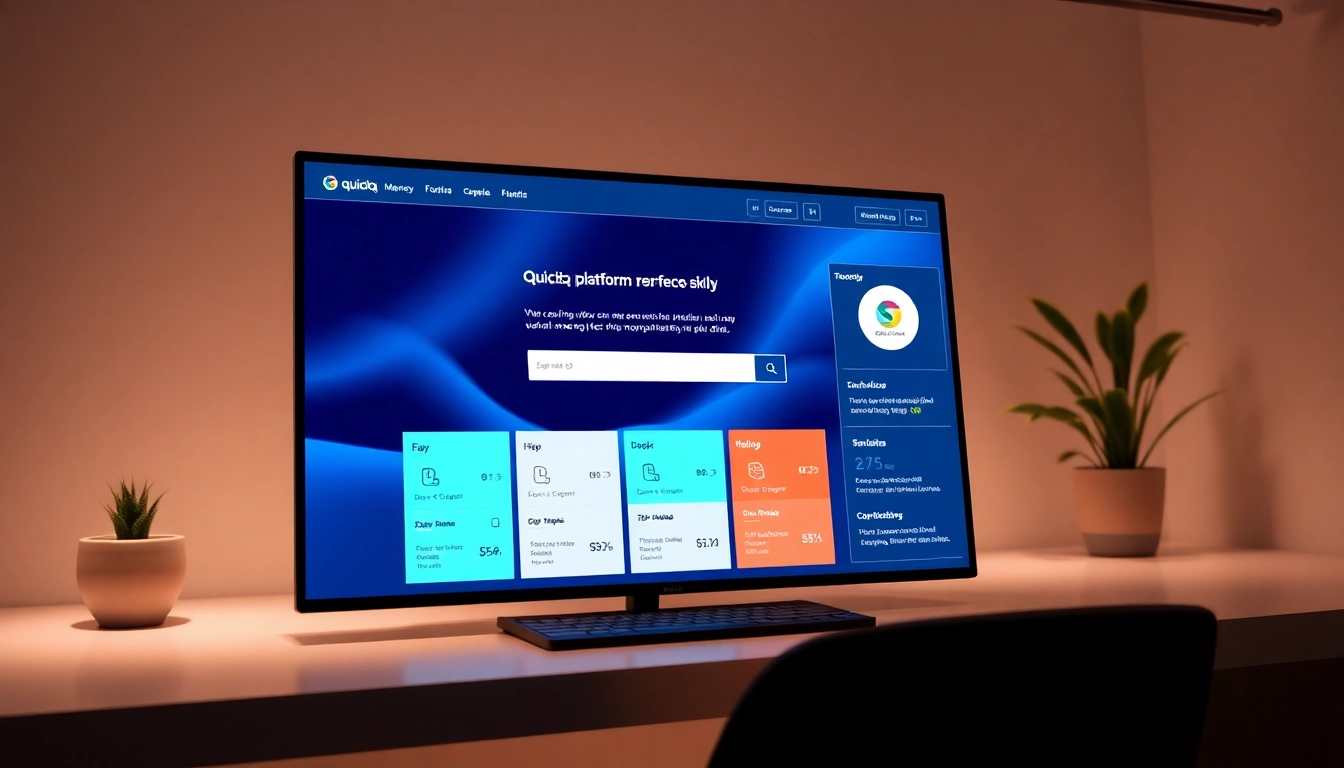What is esim and How Does it Work?
Defining esim Technology
Embedded SIM, or esim, is a revolutionary technology designed to facilitate a more flexible approach to mobile telecommunication. Unlike traditional SIM cards, which require physical insertion into devices, esim is integrated directly into the device’s motherboard. This embedded nature allows mobile users to switch carriers, update plans, and connect to cellular networks without needing to physically replace a SIM card. As the world increasingly shifts towards more digital solutions, esim technology stands at the forefront, simplifying processes and enhancing user experience.
The Basics of esim Functionality
The functionality of esim revolves around the use of software to manage connectivity profiles. Each esim can host multiple profiles, allowing users to store multiple carrier plans on a single device. The operation relies on a secure element within the device that stores and manages applications associated with cellular network subscriptions. When a user wants to switch providers, they can do so seamlessly through their device settings rather than having to deal with physical cards.
Comparison of esim with Traditional SIM Cards
Traditional SIM cards have been instrumental in mobile communication for decades, but they come with limitations. Users are bound by the requirement of inserting and removing physical cards to manage network accounts. In contrast, esim technology eliminates this need, presenting several advantages:
- Convenience: No physical swapping of SIM cards is required.
- Space Efficiency: Devices can be designed slimmer without the space taken up by a SIM card slot.
- Multiple Profiles: Users can maintain different numbers and plans on one device, which is particularly advantageous for frequent travelers.
- Security: esim technology offers enhanced security features, reducing the risk of SIM card theft.
Benefits of Using esim
Enhanced Flexibility for Users
One of the most significant benefits of esim is the unparalleled flexibility it offers. Users can easily switch between carriers or plans at will, optimizing their connectivity according to specific needs or circumstances. For example, a traveler can activate a local carrier’s plan while visiting another country without needing to search for a physical SIM card. This flexibility enhances the overall user experience and empowers individuals to take control of their mobile connectivity.
Improved International Roaming Options
With an esim, international roaming becomes more manageable and cost-effective. Users can purchase local data plans as needed, avoiding exorbitant roaming charges from their home carriers. This capacity to select local networks simplifies usage abroad and reduces concerns regarding unexpected fees on monthly bills. By taking advantage of local deals, travelers can stay connected without the anxiety that typically accompanies international usage.
Environmental Impact of esim Technology
The environmental benefits of adopting esim technology cannot be overlooked. Traditional SIM cards involve plastic production and distribution logistics that contribute to electronic waste and carbon emissions. With esim, the reduction in the need for physical products makes a noteworthy impact, as it streamlines user experience and decreases ecological footprints. The evolution toward digital solutions, including esim, aligns with broader sustainability goals by lessening material waste and promoting more conscientious consumer behaviors.
How to Activate and Use esim
Step-by-Step Guide to Activating esim
Activating an esim is a straightforward process. Here’s a step-by-step guide:
- Ensure your device is compatible with esim technology.
- Obtain a QR code or activation details from your mobile carrier.
- Go to your device’s settings and navigate to the cellular or mobile data section.
- Select the option to add a new cellular plan.
- Scan the QR code or enter the activation details manually.
- Follow the prompts to complete the activation.
- Once activated, you can manage your esim profiles through your settings.
Tips for Managing Multiple eSIM Profiles
For users with multiple esim profiles, management becomes essential. Here are some tips:
- Label Profiles: Clearly name your profiles based on usage—like “Home,” “Travel,” or “Work”—to simplify switching.
- Prioritize Settings: Set one profile as a default to avoid confusion when connecting to networks.
- Regular Updates: Keep your profiles updated to ensure optimal performance and service availability.
- Manage Data Usage: Regularly monitor data consumption across profiles to avoid unexpected charges.
Common Challenges and Solutions when Using esim
While esim technology is user-friendly, challenges can arise. Here are some common issues with solutions:
- Compatibility Issues: Not all devices support esim. Always check device specifications before assuming usability.
- Carrier Support: Not all carriers offer esim. Research and confirm with your provider.
- Activation Errors: If you encounter issues during activation, restart your device and ensure the QR code is correctly scanned.
- Profile Conflicts: If profiles are not functioning as expected, double-check settings to ensure configuration is accurate.
Applications of esim in Various Industries
esim in Consumer Electronics
esim technology is making significant strides in consumer electronics, particularly in smartphones, tablets, and wearable devices. The integration of esim into these technologies has enabled manufacturers to create slimmer, lighter devices with smarter connectivity capabilities. For instance, users can receive calls and texts directly on wearable devices without needing a separate SIM. The convenience of having multiple profiles allows for a smoother transition between personal and professional uses.
esim in Automotive Connectivity
The automotive industry is also rapidly adopting esim technology for enhancing vehicle connectivity. Modern vehicles equipped with esim can connect to mobile networks for various services such as navigation, music streaming, and real-time traffic data. Furthermore, with secure connectivity, manufacturers can implement features like over-the-air updates, ensuring vehicles run the latest software without the need for dealer visits. The future of automotive technology is evolving toward more integrated systems, and esim is at the core of this transition.
The Role of esim in IoT Devices
The Internet of Things (IoT) encompasses a vast array of devices, from smart home appliances to industrial sensors. The integration of esim within IoT devices enhances connectivity while minimizing the need for physical components. This flexibility is crucial for deploying connections at scale, as many IoT devices benefit from remote management capabilities offered by esim technology. A manufacturer of smart home products, for example, could develop devices programmed to switch between networks based on availability, fostering reliability and efficiency.
The Future of Mobile Connectivity with esim
Trends Shaping the Evolution of esim
The future trajectory of esim technology is promising, with trends indicating an accelerating shift towards digital-first solutions. Increasing smartphone and device manufacturers are adopting esim, and service providers are expanding their offerings to include esim in more plans. Additionally, as consumer preferences evolve toward seamless experiences, the demand for flexible mobile solutions will likely rise. Innovations in 5G technology further complement esim, providing faster data speeds and enhanced connectivity capabilities.
Potential Market Impact
The impact of esim on the telecommunications market is profound. With more users adopting esim technology, demand for traditional SIM cards may decrease, reshaping manufacturing and distribution models within the industry. Similarly, the ability to switch carriers without physical constraints encourages competition and could lead to better pricing options for consumers. Furthermore, as the market accommodates more digital connectivity solutions, businesses will need to adapt accordingly to maintain relevance.
Preparing for a Fully esim World
As we move toward a future dominated by esim technology, stakeholders across various sectors must prepare for the transition. This includes ensuring devices are built to support esim, offering educational resources for consumers to understand how to maximize its benefits, and integrating esim solutions into IoT frameworks. By embracing the changes that esim brings, individuals and companies can engage in a more connected world, capitalizing on improved flexibility, efficiency, and reduced costs associated with mobile connectivity.



